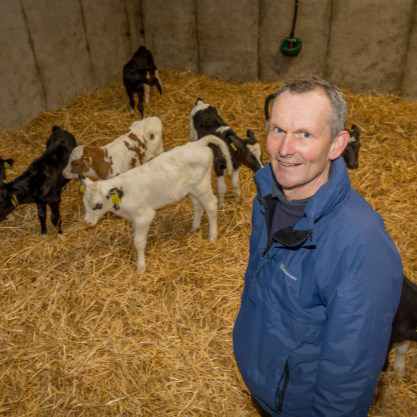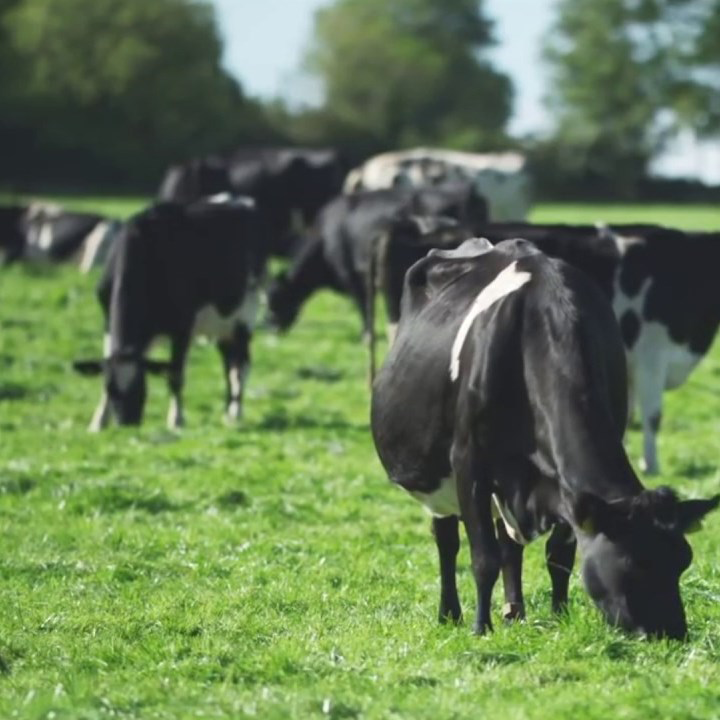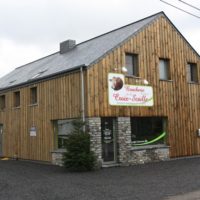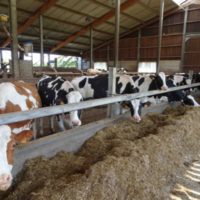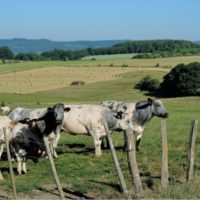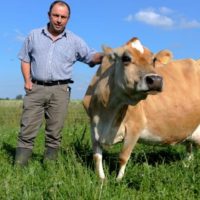Grazing with monocultures and mixtures
Description
- Grazing with monocultures and mixtures
- Focusing on higher production and lower costs
- Reseeding monocultures and identifying best performing varieties
- Increase grass yield and grass quality per hectare
- Soil fertility and grazing infrastructure
- Economic results
- Moorepark research
- Increase output and reduce costs by increasing the amount of grass in the diet of the cows
- Pasturebase Ireland
Reason for the innovation
Produce more milk from grass
- Reseeding monocultures and identifying best performing varieties
- Pasturebase Ireland
Farm description
Environment
- Soil type: Sandy
- Climate type: Temperate Oceanic climate
- Altitude: Variation across the farm
- Slope: Variation across different paddocks
- Agricultural area (ha UAA): 68.8ha
- Permanent grassland area (ha): 68.8ha
- Average stocking rate (agriculture area) (LU/ha UAA): 2.95
Grassland management
- Grazing: Yes
- Grazing management type: Rotational grazing
Structure
- Annual work units (AWU): 2
- Main animal type: Dairy
- Number of reproductive animals: 160
- Breed type: Fr
- Average stocking rate (agriculture area) (LU/ha UAA): 2.95
Animal performance
- Milk production per head (l/year/dairy animal): 5500l
- Grassland management type: Rotational
- Length of grazing period: 285-300 days
- Fertilization rate (kg N/ha): 210
Why it is working
- Reseeding monocultures and identifying best performing varieties
- Increase grass yield and grass quality per hectare
- Increase grass grown and utilised per hectare from variety selection
- Soil fertility and grazing infrastructure
- Moorepark research
- Increase output and reduce costs by increasing the amount of grass in the diet
- Pasturebase Ireland
Additional information
| Farming system | conventional farming |
|---|---|
| Domains of innovation | farm system, forage mixture, grazing management system |
| Main types of animal | dairy cattle |
| Country | |
| Product type | Farmer portrait |
| Language | English |
